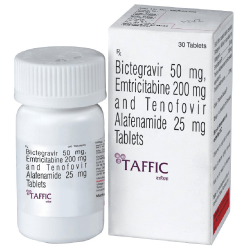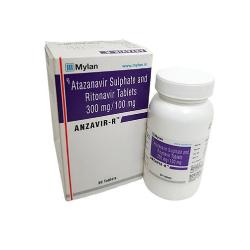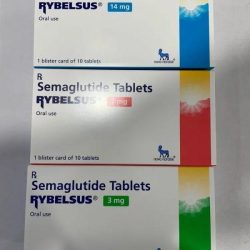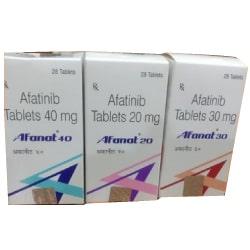Description
This combination medicine consists bictegravir, an integrase strand transfer inhibitor (INSTI) for the human immunodeficiency virus type 1 (HIV-1), and emtricitabine, FTC, and tenofovir alafenamide, TAF, which are both HIV-1 nucleoside analog reverse transcriptase inhibitors (NRTIs). Taffic tablet is used as a complete regimen to treat HIV-1 infection in adult patients who have not previously taken antiretroviral treatment, or to replace the current antiretroviral regimen in individuals who are virologically suppressed (HIV-1 RNA below 50 copies per mL) on a stable antiretroviral regimen for at least 90 days, without a history of treatment failure, and without any substitutions linked to resistance to the drug’s individual components.
Dosage and Side Effects
The Taffic tablet is a three-drug fixed dosage combination (FDC) medication that includes 25 mg of tenofovir alafenamide (TAF), 200 mg of emtricitabine (FTC), and 50 mg of bictegravir (BIC). One tablet taken orally once a day, with or without food, is the suggested dosage. Patients should take Taffic according to a regular schedule and refrain from skipping doses as this may lead to the emergence of resistance.
The three most often mentioned adverse effects of Taffic are headache, diarrhoea, and nausea.
FAQ's
Taffic: What is it?
Three drugs are combined in one daily pill called Taffic: bictegravir (50 mg), emtricitabine (200 mg), and tenofovir alafenamide (25 mg).
Which strengths of Taffic are available?
Tablets containing 50 mg of bictegravir (or 52.5 mg of bictegravir sodium), 200 mg of emtricitabine, and 25 mg of tenofovir alafenamide (or 28 mg of tenofovir alafenamide fumarate) are the form in which Taffic is delivered.
How does one administer Taffic?
Usually, tacfic is supplied in the form of oral (by mouth) pills.
What kind of drug is Taffic?
Specifically, taffic is a kind of antiretroviral combo drug.






